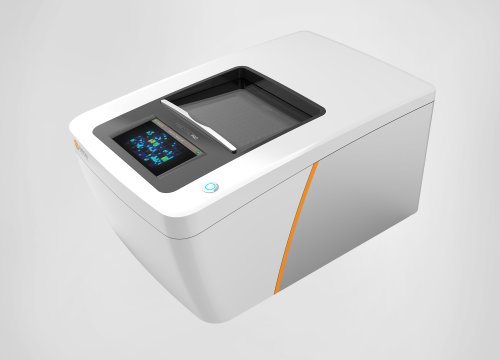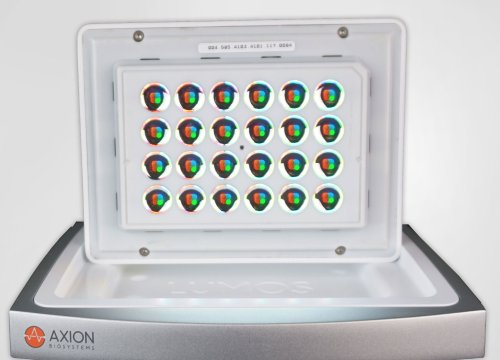Authors: Blanch-Asensio A, Grandela C, Brandão KO, de Korte T, Mei H, Ariyurek Y, Yiangou L, Mol MPH, van Meer BJ, Kloet SL, Mummery CL, Davis RP
Cell Reports Methods (2022)
Scientists use Axion’s Maestro MEA to examine the electrophysiology and contractility of hiPSC-derived cardiomyocytes.
Inserting large DNA payloads into human induced pluripotent stem cell (hiPSC) lines holds great promise for research and clinical applications, but the process has been challenging for scientists. In this study, researchers developed a novel gene editing approach called STRAIGHT-IN (serine and tyrosine recombinase-assisted integration of genes for high-throughput investigation), which enables “site-specific insertion or replacement of genomic fragments that permit targeting of multiple constructs simultaneously,” and demonstrated how the platform can be applied using hiPSC-derived cardiomyocytes (hiPSC-CMs). To assist in validating the STRAIGHT-IN platform, the team used Axion’s noninvasive Maestro Pro multielectrode array (MEA) system to assess the electrophysiology and contractility of hiPSC-CMs with fluorescent reporters inserted and showed that the editing process did not affect the cells. Together with other results, the authors suggest that these findings will improve throughput when generating genetically modified cell lines and expand research into a range of topics including synthetic biology and precision medicine.



